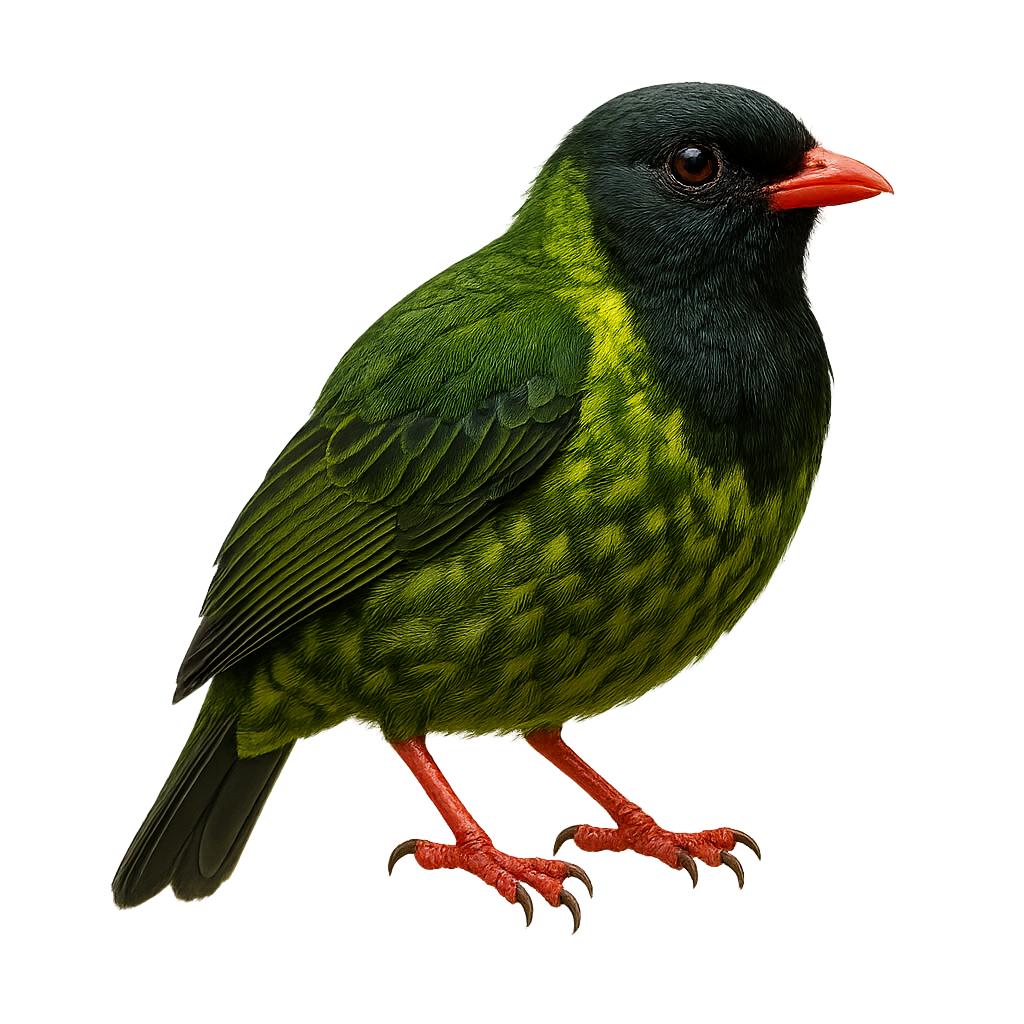Your wildlife photography guide.
Explore the green-and-black fruiteater in detail, study its behavior, prepare your shots.
Where to observe and photograph the green-and-black fruiteater in the wild
Learn where and when to spot the green-and-black fruiteater in the wild, how to identify the species based on distinctive features, and what natural environments it inhabits. The WildlifePhotographer app offers tailored photography tips that reflect the green-and-black fruiteater’s behavior, helping you capture better wildlife images. Explore the full species profile for key information including description, habitat, active periods, and approach techniques.
Green-and-black Fruiteater
Scientific name: Pipreola riefferii

IUCN Status: Least Concern
Family: COTINGIDAE
Group: Birds
Sensitivity to human approach: Suspicious
Minimum approach distance: 10 m
Courtship display: March to April
Incubation: 18-20 jours
Hatchings: March to May
Habitat:
Humid forests, cloud forests, mountainous areas
Activity period :
Primarily active during the day, with peak activity in the morning and late afternoon.
Identification and description:
The Green-and-black Fruiteater, or Pipreola riefferii, is a striking bird found in Andean montane forests from Venezuela to northern Bolivia. Males show vivid green upperparts, a bold black belly, and a bright yellow throat, while females are duller with streaked underparts. This secretive species often remains motionless in the canopy or dense undergrowth, feeding primarily on fruit. It prefers humid forests between 1,500 and 3,000 meters in elevation. Usually seen alone or in small groups, the species is considered stable but can be affected by forest fragmentation.
Recommended lens:
400mm – adjust based on distance, desired framing (portrait or habitat), and approach conditions.
Photography tips:
To photograph the Green-and-black Fruiteater, it is advisable to use a telephoto lens of at least 400mm to capture precise details without disturbing the bird. Look for it in the canopy of humid forests where it feeds on fruits. Be patient and discreet, as this bird can be suspicious. The best times to observe it are early in the morning or late in the afternoon, when the natural light is soft and highlights its bright colors.
The WildlifePhotographer App is coming soon!
Be the first to explore the best nature spots, track rutting seasons, log your observations, and observe more wildlife.
Already 1 439 wildlife lovers subscribed worldwide

